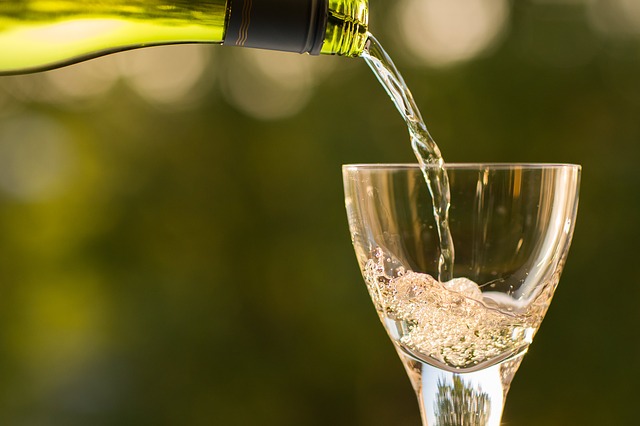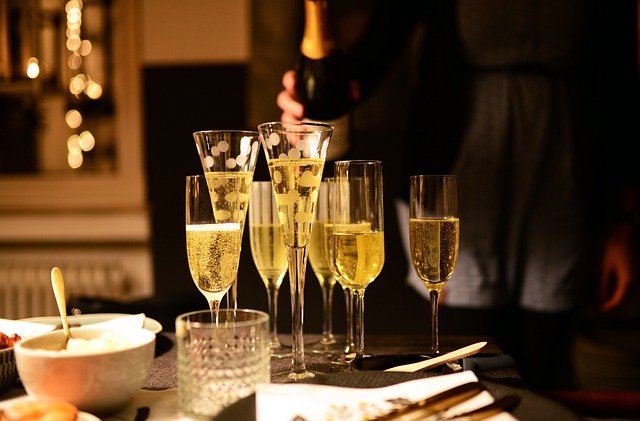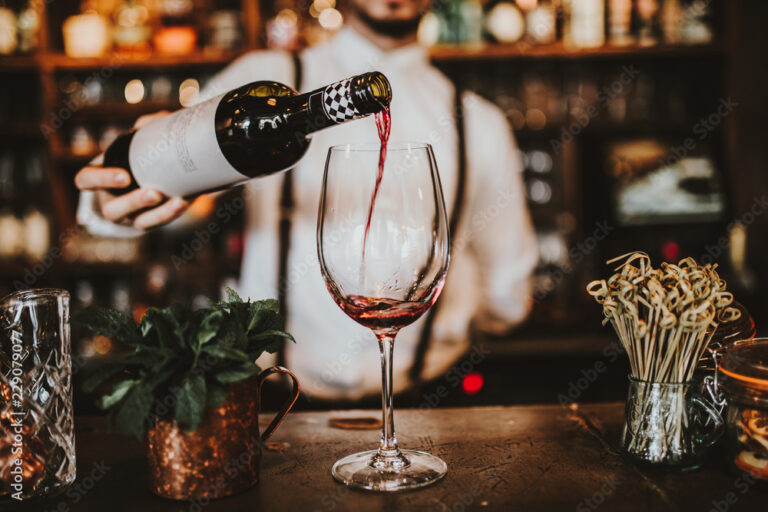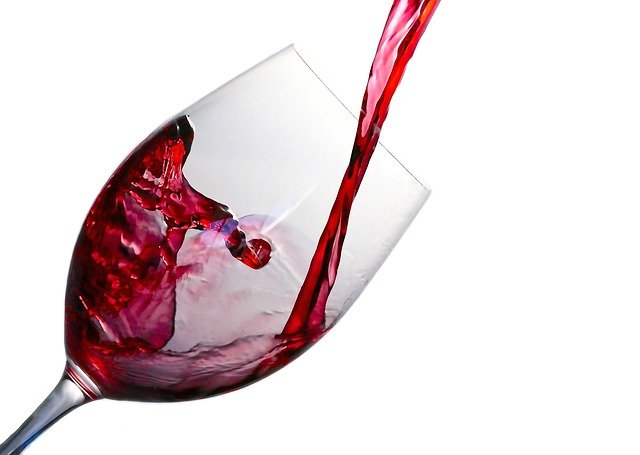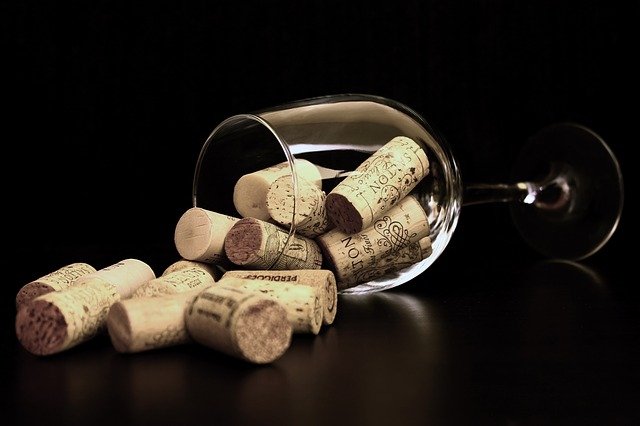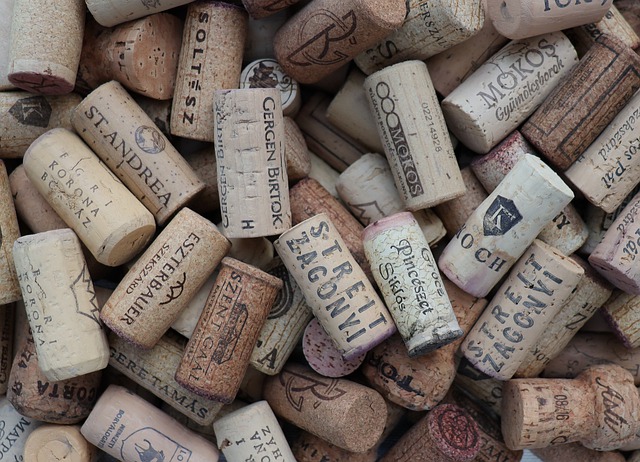Wine enthusiasts everywhere know that Syrah wine is one of the most prized wines in the world and can be quite expensive depending on where it’s from and the year it was made in.
Syrah comes from France, California, Australia, and other countries around the world, with each region giving the wine its own unique taste and aroma. So how do you ensure that you get the most out of your Syrah if you are planning to store it?
Here are some tips to follow when storing Syrah wine in order to make sure it ages well as it sits in your cellar waiting to be consumed.
The Perfect Place for the Perfect Temperature
As I’m sure you know, Syrah is best when it has had time to age. Once harvested, Syrah grapes should ideally be placed in cool and damp storage until their juices have fermented.
Exposure to warm temperatures (above about 70 degrees) will prematurely halt fermentation and dry out your Syrah. While storing Syrah at warmer temperatures will allow them to ripen faster and develop sugar, it won’t improve their complexity.
Only proper aging can do that. If you try to speed up aging by exposing your wine to hotter temperatures you’ll risk compromising its flavor profile and aromas by essentially burning off its bouquet before it has a chance to fully develop.
Rotate Your Stock
Syrah is a hearty, full-bodied red wine grape grown around France’s Rhone Valley. When stored improperly, syrah can become oxidized and lose its flavor potential. The only way to counter oxidation is by rotating your stock.
If you have more than four bottles of syrah in your cellar, we recommend that you buy more on a regular basis to prevent any loss of quality from oxidation taking place.
Purchase as many new bottles as possible each month and store them at alternating temperatures; one month at 55 degrees Fahrenheit and another at 68 degrees Fahrenheit will do wonders for ensuring that your collection of syrah remains fresh for years to come.
Know the Signs of Poor Quality
Unlike Cabernet Sauvignon, Syrah is capable of producing a multitude of flavor profiles depending on climate and growing practices.
When you’re selecting your Syrah wines, be sure to look for highly-rated producers with good reputations; buying from a trusted winery will give you peace of mind that your wine has been stored properly.
If you’re interested in aging your wines for years, do some research on any wineries that have previous experience with long-term storage and refer to what they consider proper storage conditions for each type of wine.
This should help you gauge whether or not their approach is similar to yours.
The Right Container Can Make a Difference
Wine is an agricultural product and as such can vary wildly in its composition, with flavors ranging from extremely dry to very sweet. This means that a bottle of wine will respond differently to different types of storage conditions.
And while it may be tempting to simply lay your open bottle on its side or store it vertically, keep in mind that wine isn’t pickled or canned.
A good rule of thumb is that if you wouldn’t keep a dish of food in a certain position for long periods of time, you shouldn’t do so with your wine either.
Lights Off
Keep your Syrah in a cool, dark place if you can. Whether that’s a closet or cellar in your home or an actual wine storage facility, temperature and light exposure are some of the most important factors to consider when storing wine.
Though there are no concrete rules that specify optimum temperatures for each variety of wine (ranging from reds like Syrah to whites like Chardonnay), keeping bottles away from direct sunlight will minimize changes in color and flavor due to aging and maximize storage time. Less light exposure equals less evaporation.
This can be particularly beneficial for bottle-aged wines as evaporation is often responsible for leaving a film on top of a wine, which can affect both appearance and taste.
Shaking A Lot Is Not Good
When you’re shaking wine, you want to make sure that it is getting properly oxygenated. The problem with shaking a lot is that you are introducing additional oxygen into your bottle of wine as opposed to decanting it, which allows for the more gradual transfer of oxygen through your wine.
Therefore, don’t be afraid to give it a firm shake (like in an up and down motion), but don’t go crazy and shake so hard that you pop off your cork or crack your bottle.
This can happen if your corks are old or dry or if there is not enough liquid in between them and the inside wall of your bottle; when too much pressure builds up during bottling and transport.
Don’t Sweat The Humidity.
Storing Syrahs at high relative humidity, like 80 percent or more, can damage wine. Most Syrah should be stored in a wine cellar (ideally) or a wine cooler that holds steady temperatures at low humidity levels of 60 to 65 percent.
If you live in an area with high ambient humidity, it’s advisable to store your Syrah at least two to three feet above any heating or cooling system to ensure that there is no interaction between moisture and hot air circulating through your home.
It’s also advisable not to stack wines against one another during storage.
Do Not Store on Its Side
Syrah, like other red wines, can develop a cork taint if it’s stored on its side. Cork taint smells and tastes like musty cardboard. That’s not something you want in your wine! Always store red wines upright so they don’t come into contact with the cork.
However, some experts recommend storing white wines on their sides to protect them from oxidation and evaporation during prolonged storage (we store our whites horizontally).
Either way is fine as long as you aren’t shaking or stirring up your wine frequently – that upsets its delicate composition and causes oxidation anyway.
Not Too Cool
As a general rule, red wines should be stored in a dark place that is moderately cool. That being said, there are some general rules that can help you make sure your Syrah isn’t getting too warm (or cold). In general, 45-55 degrees Fahrenheit is considered ideal for most wine storage.
In addition to temperature control, it’s important to think about light exposure as well. Exposure to light will accelerate oxidation and have an overall negative impact on taste over time.
While it might not ruin your wine right away, exposing your Syrah to prolonged exposure of sunlight will certainly shorten its lifespan—and leave you with less pleasant-tasting wines in just a few months!
Label Well, When Storing multiple Varieties Together
Different wines have different storage requirements and it’s important to maintain those requirements when storing different varieties together. An example of some rules of thumb is outlined below. Ideally, wine should be stored in a cool, dark, temperature-controlled cellar.
I recommend maintaining a temperature between 50-55 degrees Fahrenheit for reds, and 55-60 degrees Fahrenheit for whites. Storing at these temperatures will ensure your wine is aging properly without spoiling too quickly.
Just Because it is Cheap Does Not Mean It Won’t Improve With Age!
When it comes to red wine, we all have an opinion. Some will say that Barolo is best served young and before it climbs out of its tree (or something like that) while others swear that proper Bordeaux should be left for 10 years in a cellar.
Still, others believe you can’t put a Bordeaux on without decanting it first. The fact is, each of these assumptions has some merit but generally speaking, we all need to think about wine differently than how we do now.
At any rate, I would encourage you to spend some time reading up on proper storage methods and make sure that your wines are stored correctly! Your palate will thank you!
How long can you keep a Syrah?
Not all wines age for long periods of time. As a general rule, most grapes can be kept for about one year after their vintage date, but Syrah tends to hold up better than most.
Depending on how you store it, you can have a bottle of Syrah from 2002 drinking just as well in 2014. But what’s so special about Syrah?
Why should we care if some old bottle of wine is still good? Well, let’s take a look at what makes Syrah such an interesting wine and why it holds up so well over time.
Conclusion
As a wine lover, it’s important to understand what storage is and how to maximize your enjoyment of your wines. It may seem odd that I’m talking about storing wine when so many people love to drink it fresh.
But think about how you feel when you pop open that bottle and drink half of it right away. It’s usually pretty great, but then if you let that remaining half sit in your glass for 5 or 10 minutes, it becomes much less pleasant.
That’s because oxygen starts interacting with all those flavors you were enjoying at first pour, breaking them down and changing their aromas/flavors into something less appealing than before.

